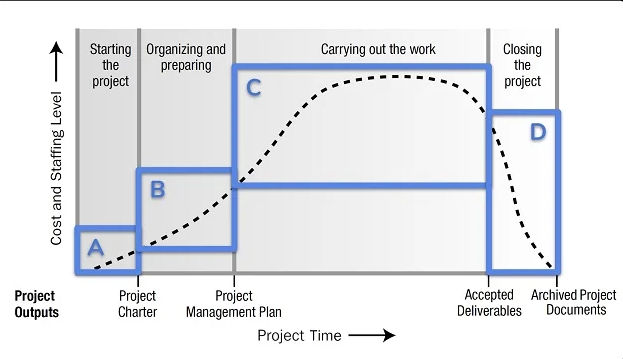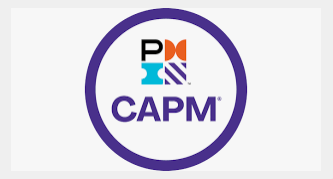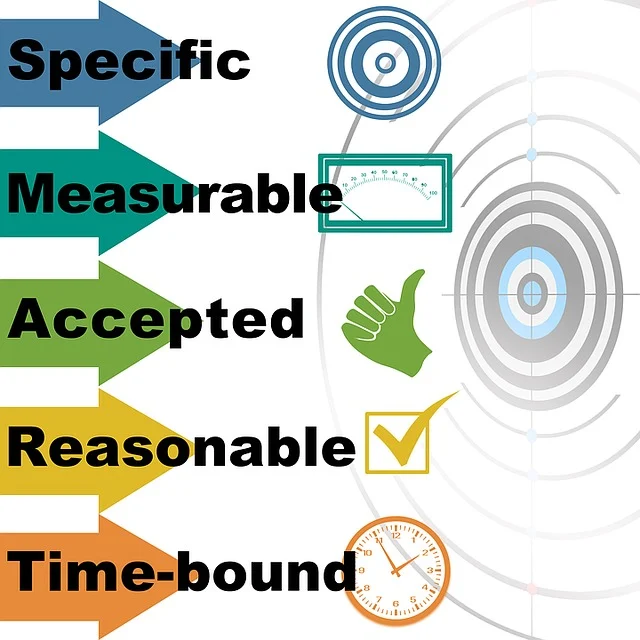
In my previous article, I have talked about all that you need to know about the phase gate review for projects. In this article, I want to talk about all that you need to know about phase to phase relationship for projects. Follow me as we are going to look at that together in this article.
Multiphased projects generally follow a sequential process that ensures greater control over the projects and aids in achieving the desired product, service, or result.
There are three types of phase to phase relationships: sequential, overlapping, and iterative. Sometimes multiphased projects will have more that one phase-to-phase relationship occurring during the life cycle of a project.
In such cases, certain factors, such as the level of control, effectiveness, and the degree of uncertainty, decide the relationship. That can be applied between phases. Based on these factors, all three types of relationships can be applied between different phases of a project.
Now the types…
#1 Sequential
This type of relationship contains consecutive phases.
It starts only when the previous phases are complete.
It also reduces the level of uncertainty, which produced reliable cost and duration estimates but which may eliminate the possibility of reducing the project duration later in the project cycle.
#2 Overlapping
This type of relationship contains phases that start prior to the completion of each one’s preceding phase.
It increases the level of risk and can cause rework if the subsequent phase begins before it receives accurate information from the previous phase.
#3 Iterative
This type of relationship includes one phase at a time that will be planned and carried out.
It requires planning for the next phase as the work in the current phase progresses.
It is largely helpful in environments that are quite uncertain and undefined.
It also reduces the chances for long term planning.
The iterative method also helps in minimizing project risk and maximizing the business value of the project.
Above all, it is an extension or corollary of the overlapping relationship, but in this case, the same phase repeats itself multiple times- once in each iteration.
To Get Email Updates when we post new content, Click Here.
![]()









Leave a Reply